Deck & Commander Strategies

Jodah, the Unifier
A human tribal deck enhanced with hatebears to disrupt opponents' plays and slow the game, aiming to control the board and win through attrition and incremental advantage.
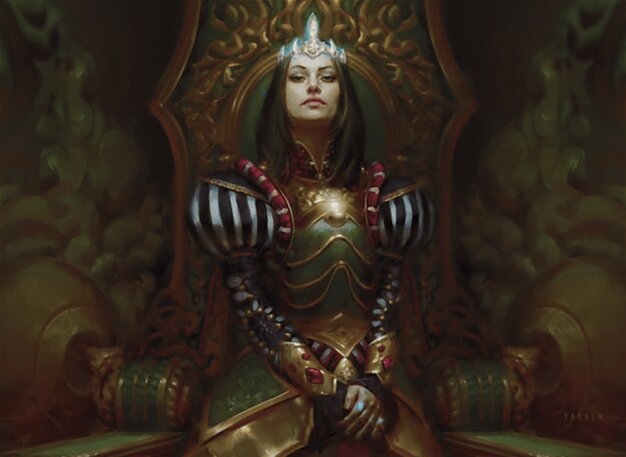
Queen Marchesa
A political and control deck using the Monarch mechanic to gain card advantage and pressure opponents, while leveraging political attacks and control elements to maintain dominance.
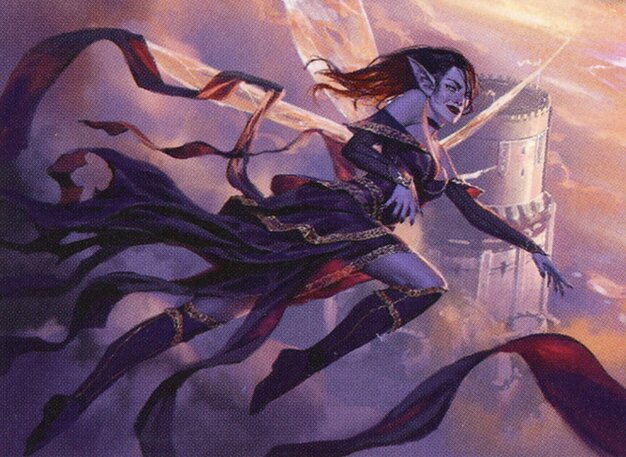
Alela, Artful Provocateur
A stax and token swarm deck that uses fairy tokens and control elements to restrict opponents’ resources and combo off through incremental advantage.

Liesa, Shroud of Dusk
An Orzhov life-drain and attrition deck that siphons life from opponents, combines resource denial, and uses incremental life loss to control and outlast the table.
Gameplay Insights
- 1
Using Land Tax early to tax opponents’ non-basic lands significantly slowed down their mana development.
- 2
Brutal Hordechief’s ability to drain life and gain life on each attack created a continuous life swing benefiting its controller.
- 3
Brenna, the Demagogue rewarded attacking players with card draw and placed counters on creatures, incentivizing aggressive combat decisions.
- 4
Alela’s ability to grant indestructibility and Hexproof to creatures temporarily protected key attackers and enabled safer aggressive plays.
- 5
Queen Marchesa’s Monarch mechanic provided consistent card advantage and political leverage, forcing opponents to respond or lose ground.
- 6
Players carefully balanced aggression with resource denial stax effects, highlighting the importance of incremental advantage and timing in high-power multiplayer commander games.
Notable Cards
-
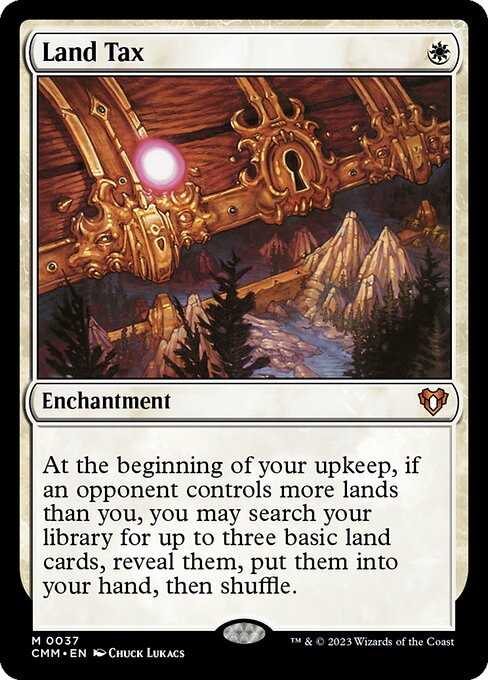
Land Tax
-
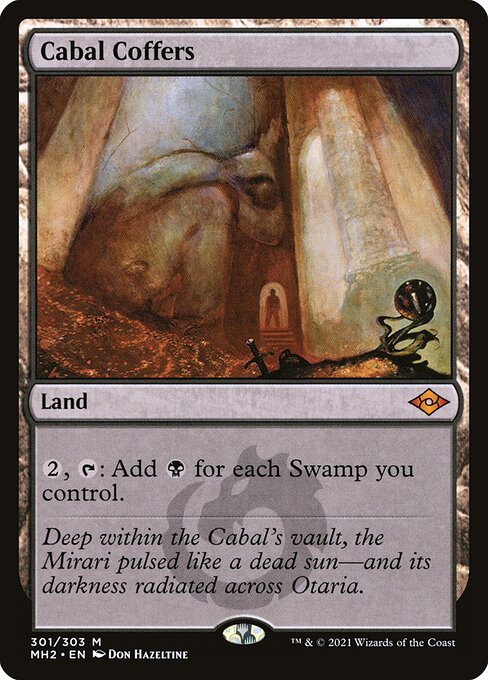
Cabal Coffers
-
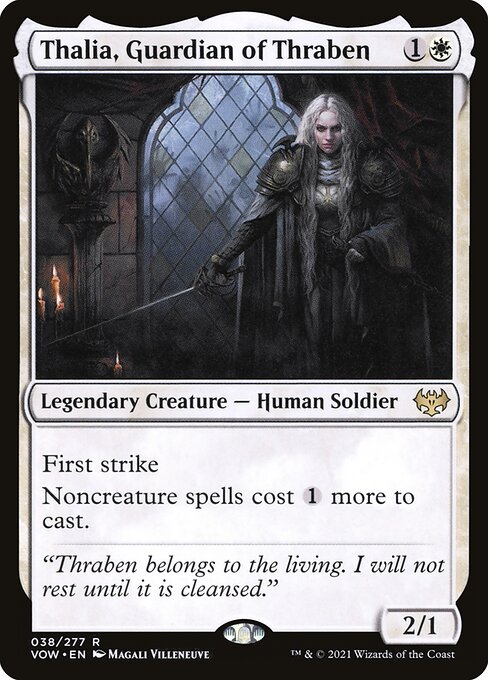
Thalia, Guardian of Thraben
-
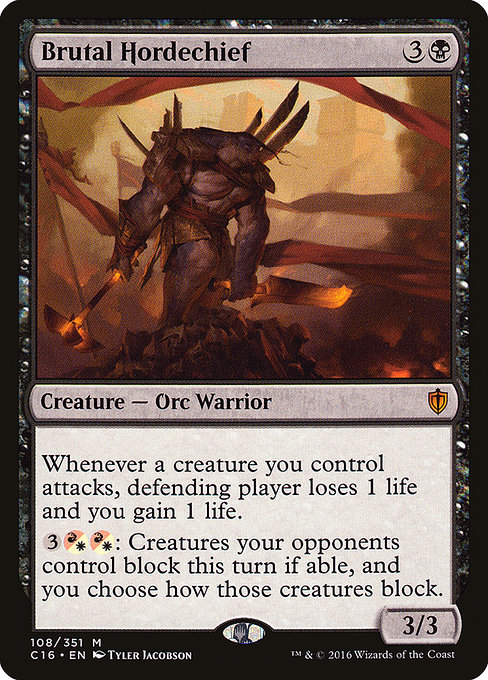
Brutal Hordechief
-
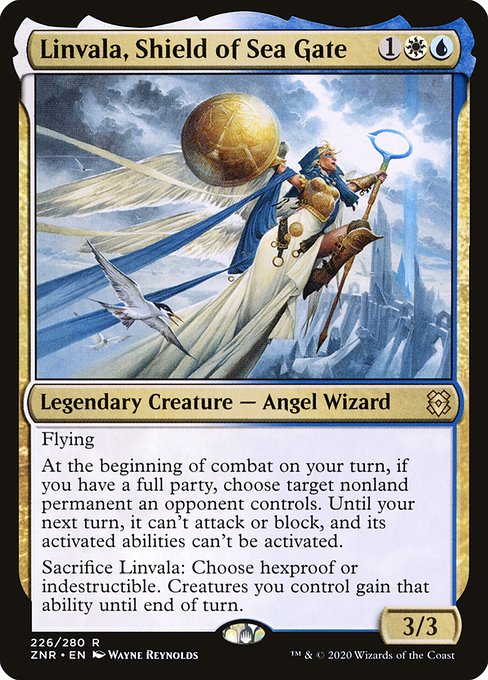
Linvala, Shield of Sea Gate
-
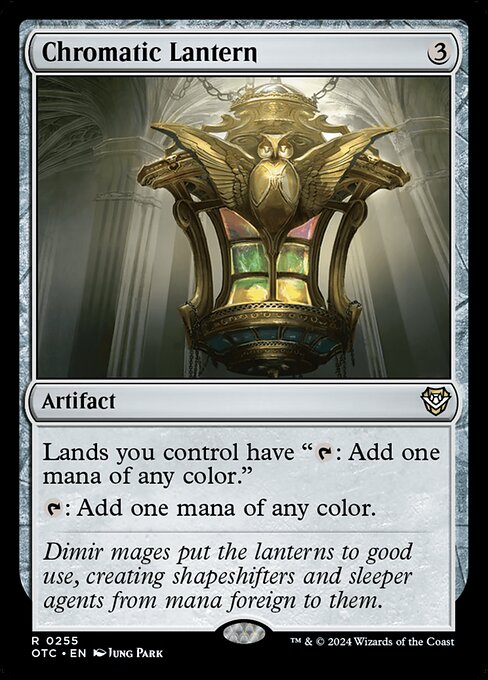
Chromatic Lantern
-
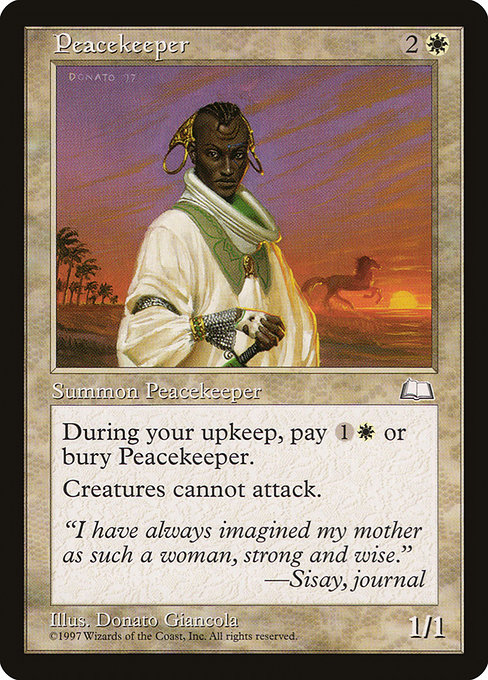
Peacekeeper
Gameplay Summary
The game began with each player setting up their mana base and early board presence, with Queen Marchesa quickly establishing the Monarch and Jodah developing a hatebears and human tribal strategy.
Early plays included land tax to slow down non-basic land drops and the deployment of utility creatures such as Timna the Weaver and Brutal Horde Chief, which synergized with life drain and token generation.
Queen Marchesa leveraged her political and card advantage abilities to pressure opponents, while Alela focused on fairy tokens and stax elements, and Liesa employed life drain and attrition strategies.
The interaction between Marchesa's monarchy mechanic and Liesa's life manipulation created a tense dynamic with incremental life swings and card draws. Midgame saw several impactful plays including the casting of Brenna the Demagogue, which rewarded attacking players with card draw and counters, intensifying the board state.
Indestructibility was granted temporarily to creatures by Alela, protecting key threats and allowing aggressive attacks.
The players navigated around land taxes and removal spells to keep their decks functioning, while attempting to control the board through detain effects and stax pieces.
The game showcased a blend of political maneuvering, incremental damage, and resource denial, with each player trying to outlast others through attrition and incremental advantage.
The win condition revolved around maintaining board control and leveraging combat triggers to overwhelm opponents, highlighting the value of synergy between commanders and supporting cards.




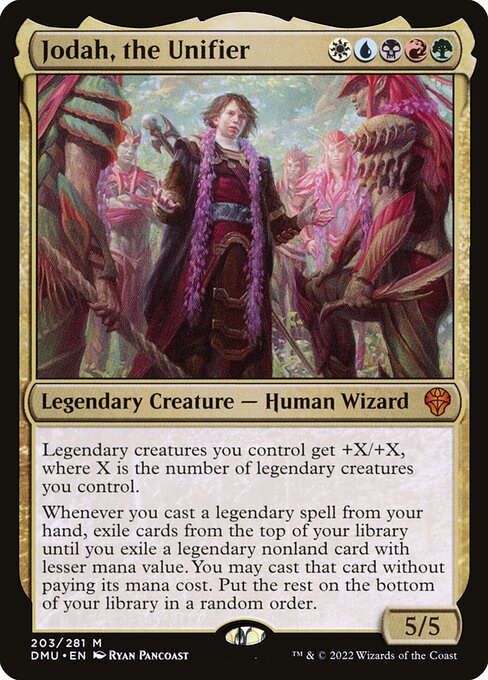






















![New Dominaria United Commanders [Commander VS 306] | Magic: the Gathering Commander Gameplay thumbnail](https://i.ytimg.com/vi/ojGzEzd3Csc/sddefault.jpg)








![Commander VS S17E3: Korvold VS Alela VS Chulane VS Syr Gwyn [Brawl] thumbnail](https://i.ytimg.com/vi/Pa8JzkN1leY/sddefault.jpg)




![Commander VS S17E9: Vish Kal VS Vilis VS Skullbriar VS Queen Marchesa [Magic: The Gathering EDH] thumbnail](https://i.ytimg.com/vi/PclCM0FiXKE/sddefault.jpg)
![Commander VS S13E7: Tolsimir Wolfblood vs Slimefoot vs Queen Marchesa vs Tajic [EDH] thumbnail](https://i.ytimg.com/vi/9vSts7GdaqU/sddefault.jpg)
